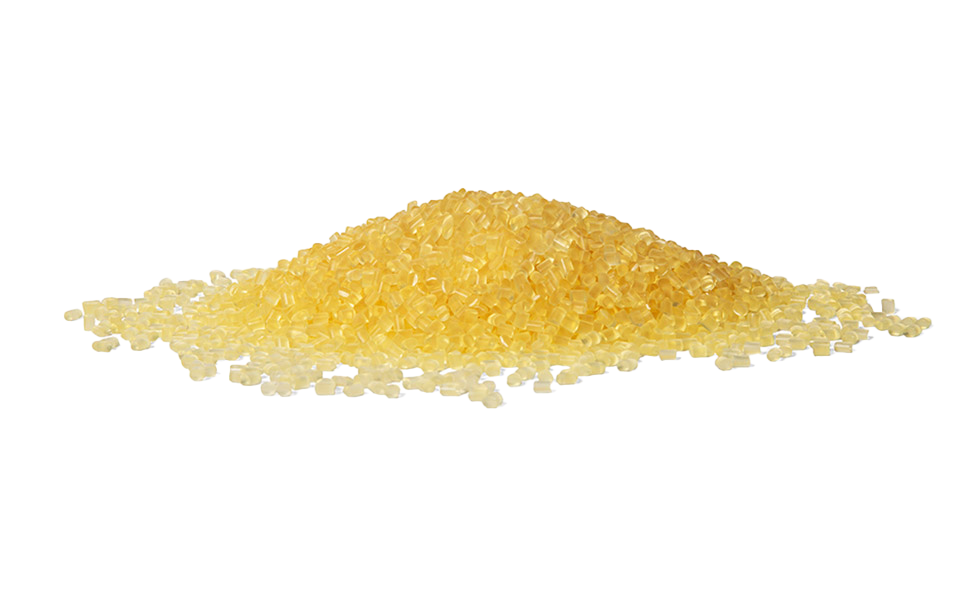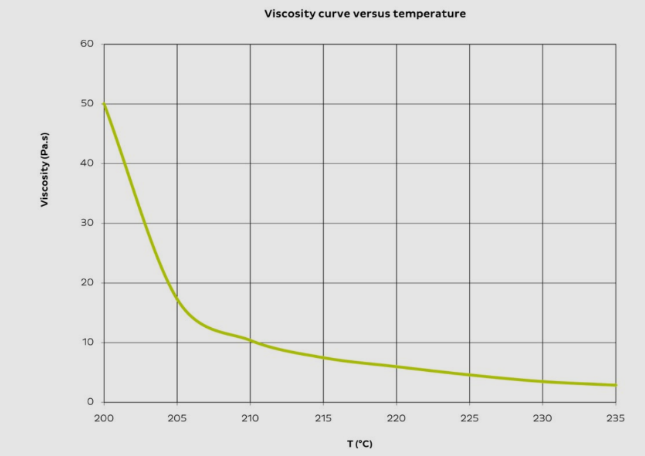BS-195 | Low Pressure Molding (LPM)
Harmonization Code : 3910.00.00.90 | Silicones in Primary Forms; Others
Main features
- Industrial
- High hardness / strength
- Flammability UL94:V2
Product Description
BS-195 Natural is a high-performance, solvent-free copolymer polyamide hot melt resin engineered for low pressure molding (LPM) in demanding industrial environments. Designed for electronic and electrical encapsulation, it provides exceptional mechanical strength, high hardness, and excellent thermal resistance, making it particularly well-suited for applications requiring structural rigidity and mechanical durability.
With a UL94 V-2 flammability rating, BS-195 offers a balance between thermal stability and cost-effective flame resistance, ensuring safe operation in a variety of industrial and automotive settings. Its superior flow characteristics and fast cooling time enable high productivity in molding lines.
Typical Applications:
- Ruggedized overmolding of industrial electrical components
- Molding for high-strength connectors and terminal blocks
- Potting of sensors and automotive junctions with exposure to vibration and thermal cycling
- Products requiring compliance with glow-wire test standards
Technical Specifications
| Physical Properties | |||||||
| Viscosity Viscosity Viscosity is a measurement of a fluid’s resistance to flow. Viscosity is commonly measured in centiPoise (cP). One cP is defined as the viscosity of water and all other viscosities are derived from this base. MPa is another common unit with a 1:1 conversion to cP. A product like honey would have a much higher viscosity -around 10,000 cPs- compared to water. As a result, honey would flow much slower out of a tipped glass than water would. The viscosity of a material can be decreased with an increase in temperature in order to better suit an application | 4000 - 5000 mPa.s | ||||||
| Young's modulus | 240 MPa | ||||||
| Mechanical Properties | |||||||
| |||||||
| |||||||
| Thermal Properties | |||||||
| Glass Transition Temperature (Tg) Glass Transition Temperature (Tg) The glass transition temperature for organic adhesives is a temperature region where the polymers change from glassy and brittle to soft and rubbery. Increasing the temperature further continues the softening process as the viscosity drops too. Temperatures between the glass transition temperature and below the decomposition point of the adhesive are the best region for bonding. The glass-transition temperature Tg of a material characterizes the range of temperatures over which this glass transition occurs. | - 35 °C | ||||||
| |||||||
| Curing Conditions | |||||||
| |||||||







